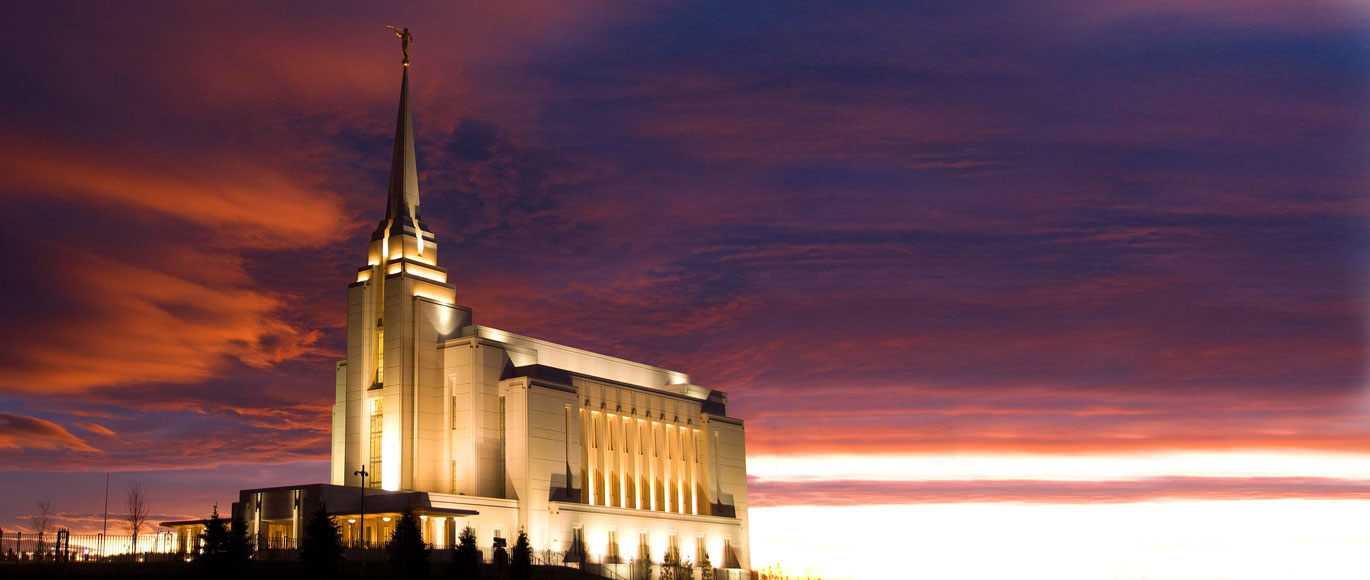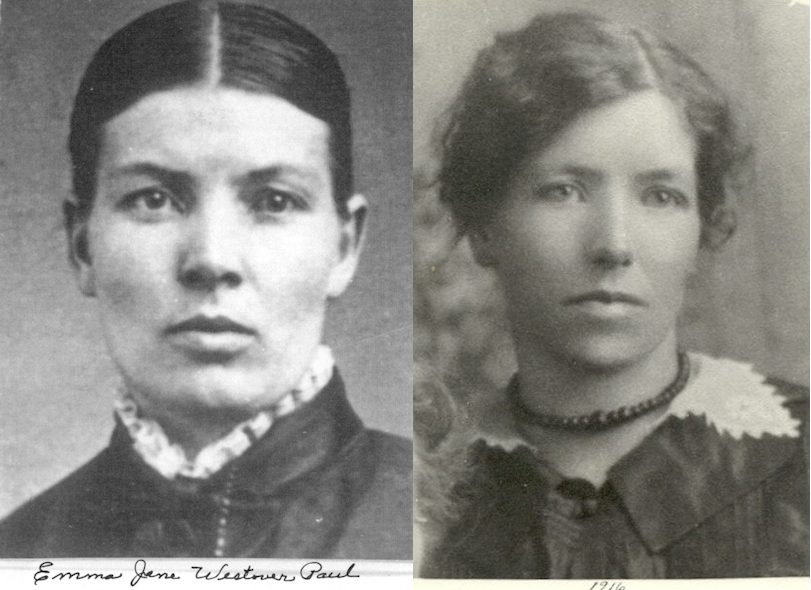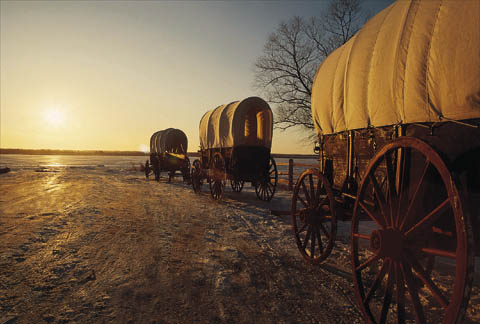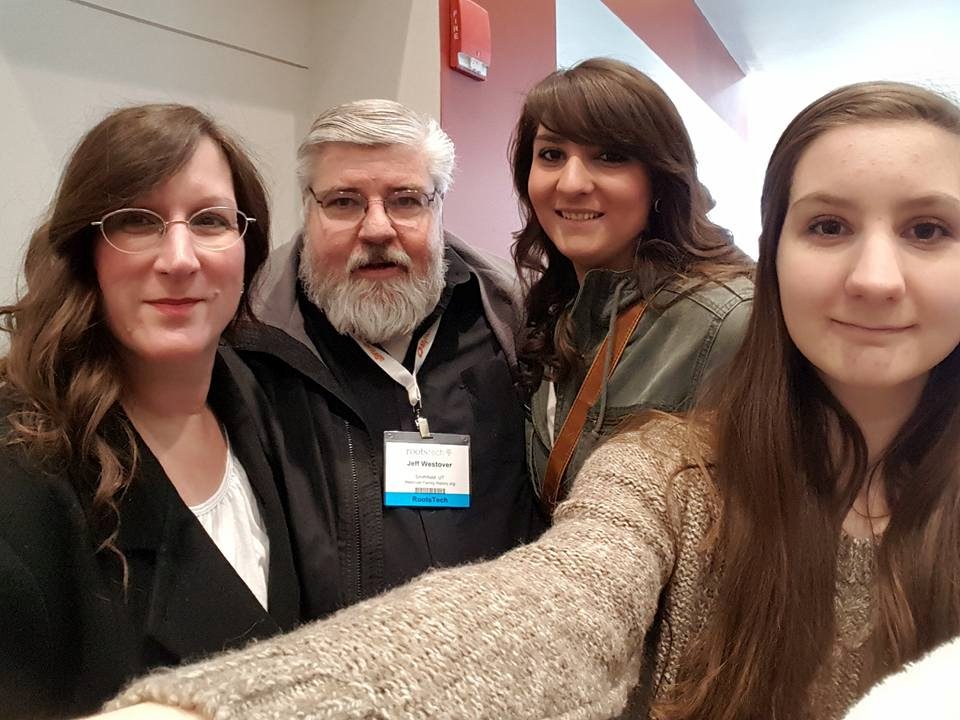Family History through the Lens of the Temple
Well, it finally happened: I received a call to be a Family History Consultant.
It will be my responsibility now to help my neighbors work with Family Search and learn the art of family history.
While that doesn’t come packaged with any fear for me I am concerned about doing it right.
I felt a little panicked as I thought about it a little bit when I considered that I myself have really just plowed my way through working on family history – I haven’t really been trained.
So I was relieved to almost immediately receive an email from the Church inviting me to a website to receive some training not only on my new responsibilities but also with resources for doing family history. I have been working that training through this week.
Also on my mind had been the prodding from my Dad about preparing more names for the temple. On my mother’s birthday this year he challenged us to work her lines to prepare more names and make them temple ready. I was able to score about 20 names to give to him.
Last night I figured the best way to put all my new training to work was to put more effort into that. After all, Mother found better than 20,000 names and how hard could it be for me to get them ready?
So I sat down and started at the very beginning – auditing individuals, couples and families for all their ordinance work.
This finely focused temple-view of family history surprised me a little bit. In fact, it kind of changed the way I was looking at these names. Through the lens of the temple you see your family quite differently.
Normally as we focus on family lines we are naturally interested in the linear succession of names – child, parent, grandparent, etc. But through the lens of the temple you see those names as couples with children – and you are concerned with each one of them and for them as a unit.
For example, I was working the family of my 3rd-great-grandparents on my Mother’s side – Egbert and Susan Groom. I don’t have any information on their story but I know they had five children and I recognized their names as among the temple sealings Mother had performed in Nauvoo in 2007.
It pleased me to see my Mom’s Family Search username next to some of the data that has been input over time in Family Search. But I immediately saw that while Egbert and Susan had been sealed to each other none of their children were sealed to them.
That meant I needed to go through each child and attach as many sources to their names as I could to prove they belonged to Egbert and Susan.
The world of Family Search has changed a lot since mom last worked on these names. Right within the frame of this family listing I could link to source information that had been indexed by someone making their records viewable online to me.
One by one I looked them up, attaching census and marriage license records and seeing the flow of their lives. The children of Egbert and Susan lived as we all do – they grew up, married, moved away, had children and then had grandchildren.
Within a couple of hours I connected proof of their existence to Egbert and Susan sufficiently where all the names were temple ready – their work could be done.
I almost thought it was too easy. I felt “Gee, I did that without a problem. Will it be this easy for everyone?”
What happens if I work with someone who cannot uncover all that as quickly as I just did? Would I know what I needed to do if that happened?
But then I noticed something.
I was working on their last child, whose name was Francis and whose birth information was verified by the 1870 Federal Census. Francis, according to what mother had input on Family Search years ago and had verified in the 1870 census – was a girl.
But in validating another child – William – I had to go to the 1880 census. In that census everything matched except one thing: in the family there was no Francis but only Frank, who was most definitely NOT female.
So, I had a problem.
I began an intense search to find the life path of my Great, Great, Great Uncle Frank Groom.
Sure enough, every record going forward confirmed that Francis was Frank – all boy and all wrong in Family Search.
My first instinct was to just go to where it listed gender and just change it.
It wouldn’t let me do that because the original submitter of the information – my Mother – had documented proof, the 1870 census, that Francis was a girl.
So I was stuck. How could I make Francis-the-girl into Frank-the-boy so that this family could be sealed?
I almost felt panicked about it. I HAD to figure it out. This wasn’t a question of what data was right or wrong – this was a question of how to get it all right in Family Search so the children of Egbert and Susan could be sealed to them.
I knew I could ask for help. But I didn’t want to do that. This couldn’t be the first time a gender was mixed in 19th century records.
I wanted to solve it on my own and sure enough, within minutes, I found my answer. I had to add a new child with all the subsequent records I found on his life…and then I had to delete baby Francis and the record with my Mother’s name attached to it.
I’m not going to lie – that bothered me a little bit. But as I thought of Mom and remembered her that day in Nauvoo I recalled her joy at doing the work. I was overwhelmed almost immediately with my Mother’s presence as I sat at my computer. Odd as it sounds, I could feel her approval.
I felt so much better knowing that when we take these children of Ebert and Susan to the temple to be sealed to their parents they will be a complete family, just as they were growing up.
It took me a couple more hours to get this all straightened out. But within minutes of completing this task I had their names all reserved for completing their ordinance work.
It was maybe three in the morning when I got it all done. I was spent — both from the effort of doing this and from my emotion tied to it all. It was, as they promise, a joyous thing filled with love and revelation. There’s nothing like that in the world, at least to me. It only comes from working on family history.
As I contemplated it all I marveled at my change in emotions in doing this kind of work.
I had questions, as I always do, about who these people were and what they did and where did their travels take them. I probably will never learn that part of their story. But in a greater sense I felt I knew them and that I loved them – and that I was doing what was right for them.
Besides, imagine how embarrassing it would have been to get to the other side and have my Uncle Frank tell me, “Dude, I’m a guy.”
